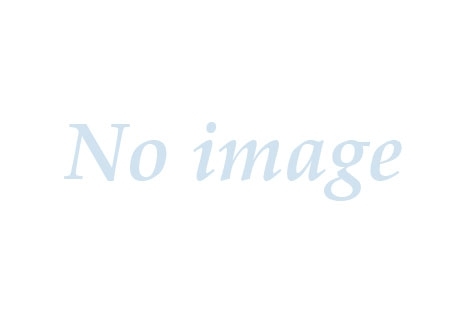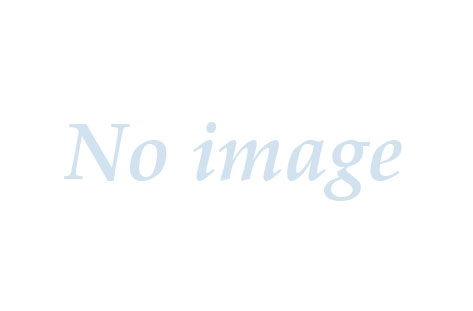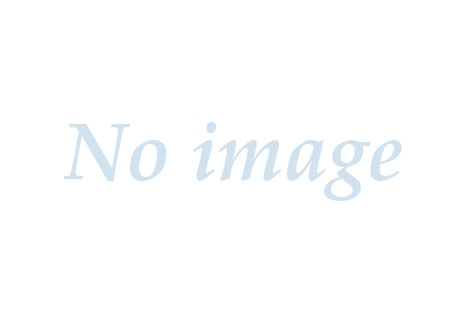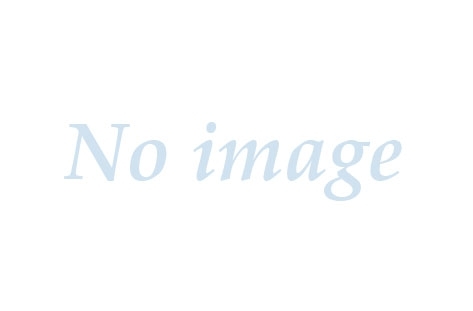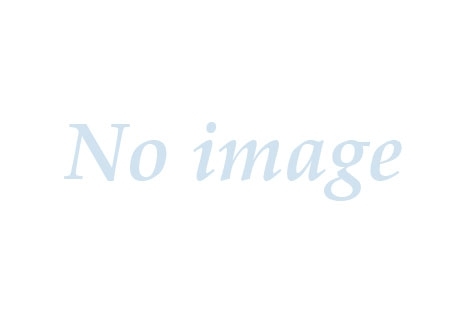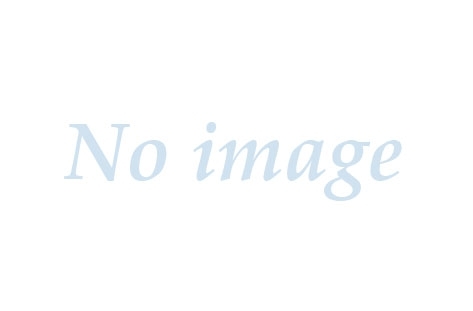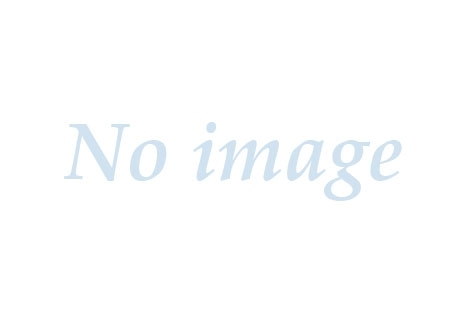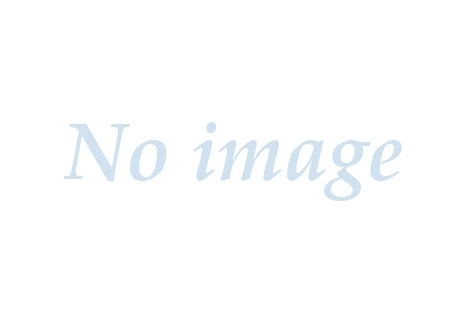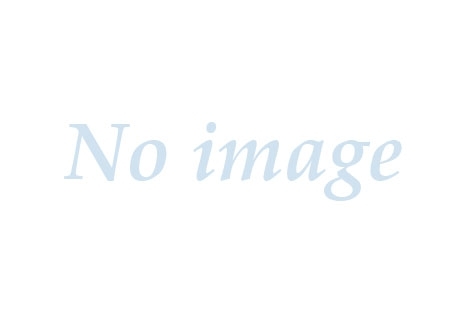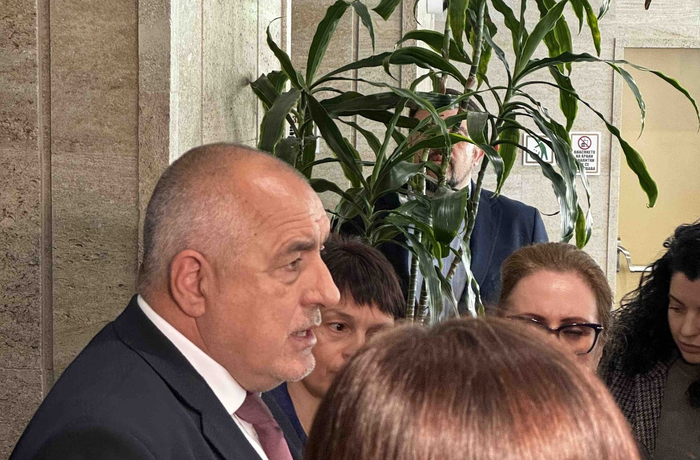Всичко от Varnautre:
To completely remove an Article, select the Articles that you want to delete and move them to the Trash. Next, open the Article Trash in the Content Menu and select the Articles you want to delete. After deleting an Article, it is no longer available as it has been deleted from the database and it is not possible to undo this operation.
Архив Варна | 11-10-2006, 09:19 | varnautre
Mambots have been renamed as Plugins.
Mambots were introduced in Mambo and offered possibilities to add plug-in logic to your site mainly for the purpose of manipulating content. In Joomla! 1.5, Plugins will now have much broader capabilities than Mambots. Plugins are able to extend functionality at the framework layer as well.
Архив Варна | 11-10-2006, 09:17 | varnautre
Well you are reading it right now! This depends on what you want to achieve. If you are new to Joomla! and have no clue how it all fits together, just install the sample data. If you don't like the English sample data because you - for instance - speak Chinese, then leave it out.
Архив Варна | 11-10-2006, 09:12 | varnautre
When you Archive an Article, the content is put into a state which removes it from your site as published content. The Article is still available from within the Control Panel and can be retrieved for editing or republishing purposes. Trashed Articles are just one step from being permanently deleted but are still available until you Remove them from the Trash Manager. You should use Archive if you consider an Article important, but not current. Trash should be used when you want to delete the content entirely from your site and from future search results.
Архив Варна | 11-10-2006, 05:19 | varnautre
Installing of Joomla! 1.5 is pretty easy. We assume you have set-up your Web site, and it is accessible with your browser.
Download Joomla! 1.5, unzip it and upload/copy the files into the directory you Web site points to, fire up your browser and enter your Web site address and the installation will start.
For full details on the installation processes check out the Installation Manual on the Joomla! Help Site where you will also find download instructions for a PDF version too.
Архив Варна | 11-10-2006, 01:10 | varnautre
Joomla! runs on the PHP pre-processor. PHP comes in many flavours, for a lot of operating systems. Beside PHP you will need a Web server. Joomla! is optimized for the Apache Web server, but it can run on different Web servers like Microsoft IIS it just requires additional configuration of PHP and MySQL. Joomla! also depends on a database, for this currently you can only use MySQL.
Many people know from their own experience that it's not easy to install an Apache Web server and it gets harder if you want to add MySQL, PHP and Perl. XAMPP, WAMP, and MAMP are easy to install distributions containing Apache, MySQL, PHP and Perl for the Windows, Mac OSX and Linux operating systems. These packages are for localhost installations on non-public servers only.The minimum version requirements are:
- Apache 1.x or 2.x
- PHP 4.3 or up
- MySQL 3.23 or up
Архив Варна | 11-10-2006, 00:42 | varnautre
The improved Installer can be found under the Extensions Menu. With versions prior to Joomla! 1.5 you needed to select a specific Extension type when you wanted to install it and use the Installer associated with it, with Joomla! 1.5 you just select the Extension you want to upload, and click on install. The Installer will do all the hard work for you.
Архив Варна | 10-10-2006, 23:16 | varnautre
You indeed can change the Menu Item's Type to whatever you want, even after they have been created.
If, for instance, you want to change the Blog Section of a Menu link, go to the Control Panel->Menus Menu->[menuname]->Menu Item Manager and edit the Menu Item. Select the Change Type button and choose the new style of Menu Item Type from the available list. Thereafter, alter the Details and Parameters to reconfigure the display for the new selection as you require it.
Архив Варна | 10-10-2006, 23:15 | varnautre
In Joomla! versions prior to 1.5 there were separate processes for creating a Static Content Item and normal Content Items. The processes have been combined now and whilst both content types are still around they are renamed as Articles for Content Items and Uncategorized Articles for Static Content Items.
If you want to create a static item, create a new Article in the same way as for standard content and rather than relating this to a particular Section and Category just select Uncategorized as the option in the Section and Category drop down lists.
Архив Варна | 10-10-2006, 23:13 | varnautre
No you don't. Versions of MySQL lower than 4.1 do not have built in UTF-8 support. However, Joomla! 1.5 has made provisions for backward compatibility and is able to use UTF-8 on older databases. Let the installer take care of all the settings and there is no need to make any changes to the database (charset, collation, or any other).
Архив Варна | 07-10-2006, 09:30 | varnautre
The FTP Layer allows file operations (such as installing Extensions or updating the main configuration file) without having to make all the folders and files writable. This has been an issue on Linux and other Unix based platforms in respect of file permissions. This makes the site admin's life a lot easier and increases security of the site.
You can check the write status of relevent folders by going to ''Help->System Info" and then in the sub-menu to "Directory Permissions". With the FTP Layer enabled even if all directories are red, Joomla! will operate smoothly.
NOTE: the FTP layer is not required on a Windows host/server.
Архив Варна | 06-10-2006, 21:27 | varnautre
This is now implemented by inserting a Read more... tag (the button is located below the editor area) a dotted line appears in the edited text showing the split location for the Read more.... A new Plugin takes care of the rest.
It is worth mentioning that this does not have a negative effect on migrated data from older sites. The new implementation is fully backward compatible.
Архив Варна | 06-10-2006, 19:29 | varnautre
Yes it can! This is a significant security improvement.
The safe mode limits PHP to be able to perfom actions only on files/folders who's owner is the same as PHP is currently using (this is usually 'apache'). As files normally are created either by the Joomla! application or by FTP access, the combination of PHP file actions and the FTP Layer allows Joomla! to operate in PHP Safe Mode.
Архив Варна | 06-10-2006, 19:28 | varnautre
This is now defined in the Language [lang].xml file in the Language metadata settings. If you are having locale problems such as dates do not appear in your language for example, you might want to check/edit the entries in the locale tag. Note that multiple locale strings can be set and the host will usually accept the first one recognised.
Архив Варна | 06-10-2006, 16:47 | varnautre
Well... how about never needing to mess with encoding settings again?
Ever needed to display several languages on one page or site and something always came up in Giberish?
With utf-8 (a variant of Unicode) glyphs (character forms) of basically all languages can be displayed with one single encoding setting.
Архив Варна | 05-10-2006, 01:11 | varnautre

